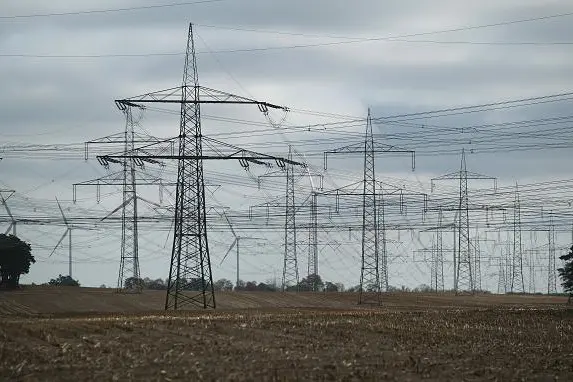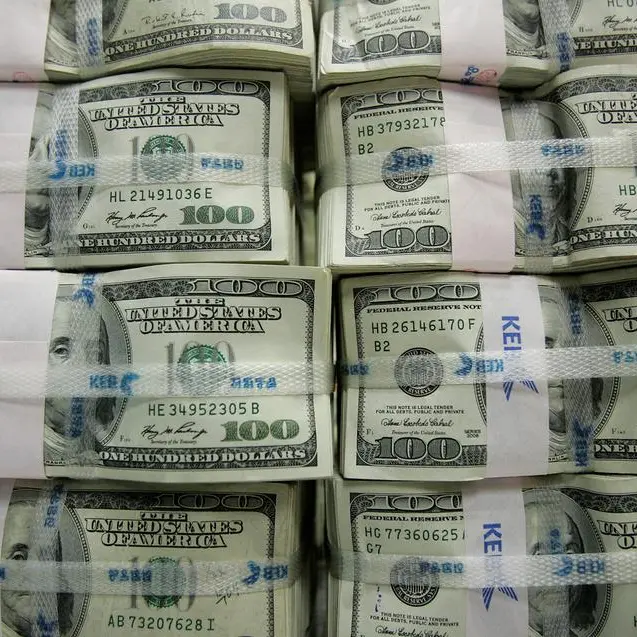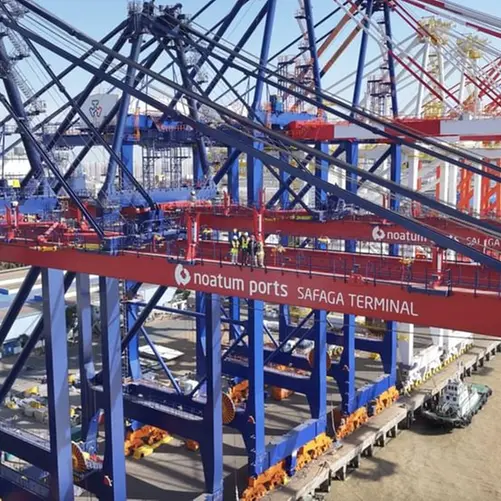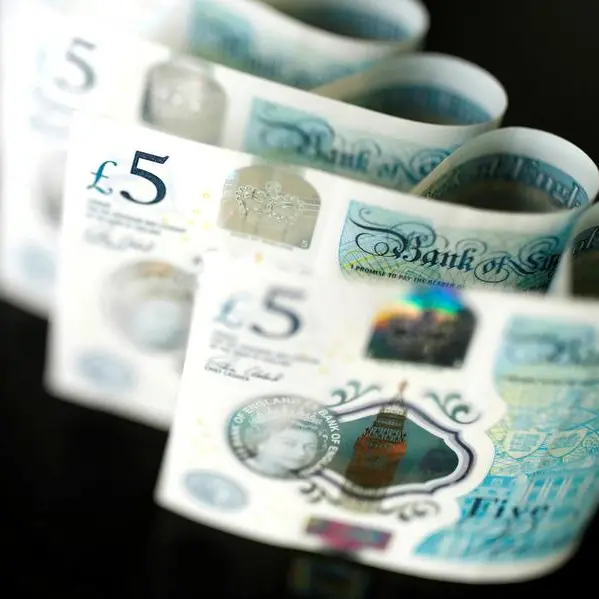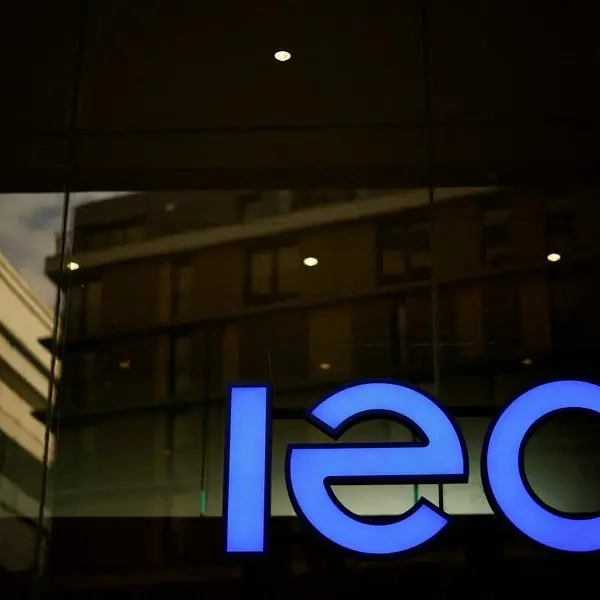PHOTO
Image used for illustrative purpose. Electricity pylons stand near a wind turbine park on September 19, 2019 near Krebitz, Germany.
New electricity tariffs should be introduced in the UAE and other countries in the Gulf Cooperation Council (GCC) region in order to drive down expenditures on power subsidies, which are costing the governments millions of US dollars every year, according to a new study.
The report by Strategy& Middle East that was released this week said that over the past 20 years, the Gulf states have spent more than $120 billion on energy subsidies, while in the UAE, the accumulated figure stands at $7 billion to $10 billion.
While the high subsidies are putting a strain on government coffers, the report said that the current electricity pricing structures in the region are also not sustainable, hence reforms must be rolled out. It added that if the pricing structures are kept unchanged, governments in the Gulf region will incur an additional $150 billion in energy subsidies, as power consumption is expected to continue rising.
Electricity consumption in the UAE is one of the highest in the world. According to the UAE State Energy Report 2015, power demand in the country reached 105 billion kilowatt hours in 2013, placing the UAE high on the global list of electricity consumption per capita.
In order to introduce a cost-effective and sustainable pricing structure, Strategy& Middle East said governments can consider making large consumers that use electricity at steady base loads pay a lower tariff and those that use less power but have large spikes in demand pay a higher bill.
“Simply charging all users a higher tariff will not work. Rather, governments should charge tariffs that more accurately reflect customers’ actual cost to serve,” said Ramzi Hage, principal with Strategy& Middle East.
According to Dr. Shihab Elborai partner with Strategy& Middle East, industrial consumers in the UAE are charged by size, with large companies paying a higher tariff and smaller consumers paying a lower rate.
“Tariffs in the UAE show some limited cost reflectiveness,” said Elborai.
“Abu Dhabi also has peak and off-peak prices for large industrial customers. These pricing structures do not necessarily reflect the cost of providing electricity to these customers,” Elborai told Zawya.
Elborai pointed out that “light industrial customers” are actually more costly to serve, because they tend to use power irregularly.
“A cost-reflective tariff would favour customers that utilise the utility assets more steadily and discourage customers that don’t. Overtime, this will lower the cost of electricity for all customers,” Elborai added.
Amending the power pricing structures in the region, however, could pose a social challenge. The report warned that any tariff changes could create a perception that a few large industrial interests are being favoured at the expense of small-time consumers.
To succeed, governments can consider offering some financial support to help certain users cover the higher costs, such as paying for some fixed connection charges. Another way is to help fund the installation of more energy-efficient equipment.
(Writing by Cleofe Maceda; editing by Seban Scaria)
Disclaimer: This article is provided for informational purposes only. The content does not provide tax, legal or investment advice or opinion regarding the suitability, value or profitability of any particular security, portfolio or investment strategy. Read our full disclaimer policy here.
© ZAWYA 2020